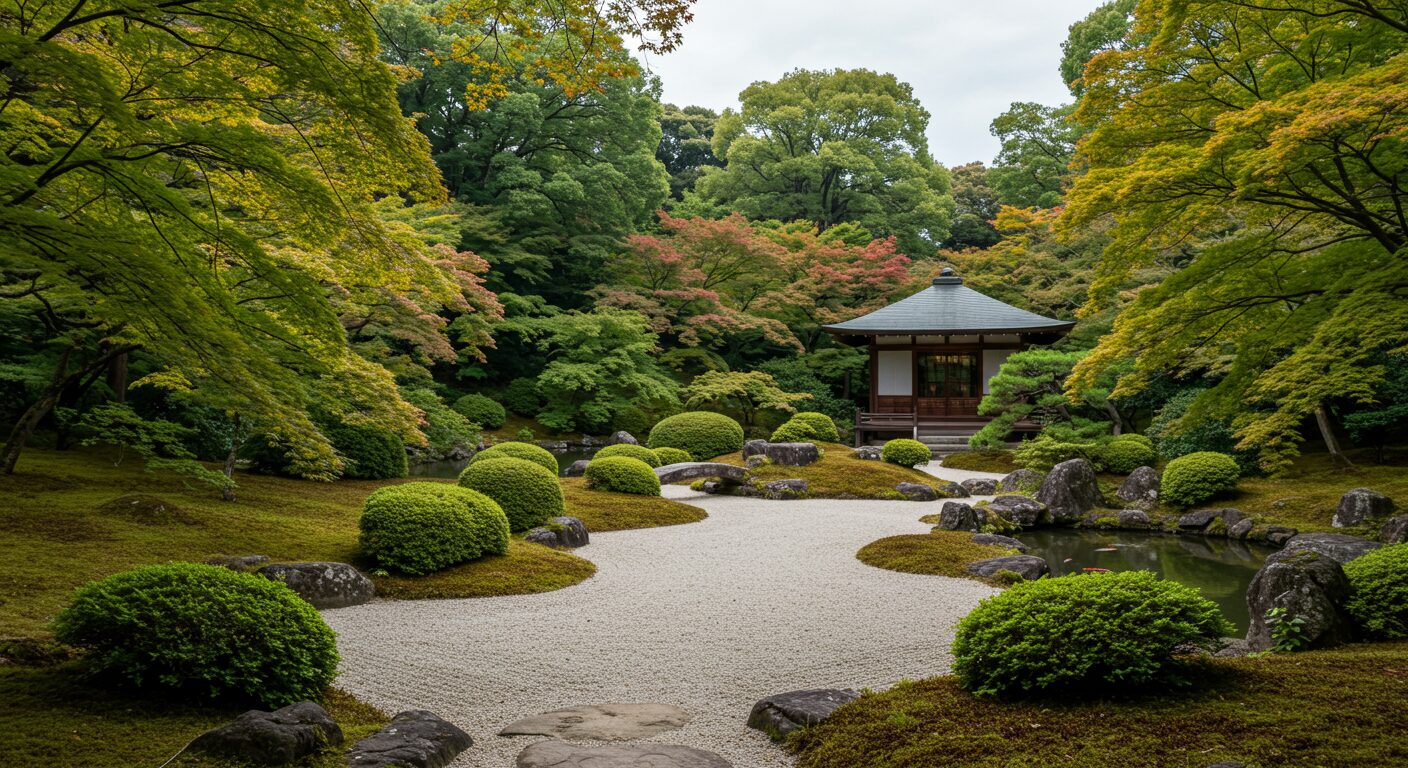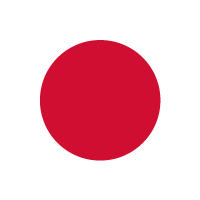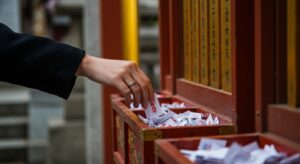

Shrines and Temples: Key Differences
In Japan, popular sightseeing spots include Shinto shrines and Buddhist temples, but many visitors are unsure of the differences. Shrines are based on Shinto, the native faith honoring countless deities of nature and ancestry. Temples are rooted in Buddhism, dedicated to Buddhas and Bodhisattvas. They differ in architecture, rituals, and atmosphere. Knowing these distinctions makes sightseeing more meaningful. This guide clearly explains the differences between shrines and temples in Japan.
The Role of Shrines and Their Deities
Shrines are built on the native faith of Shinto, where nature and ancestors are revered as gods. Visitors come to pray for health, prosperity, and relationships. Each shrine enshrines different deities: Ise Grand Shrine honors Amaterasu, the sun goddess, while Izumo Taisha enshrines Ōkuninushi, the god of matchmaking. Learning about the enshrined deity before visiting makes the experience richer and more meaningful.
The Role of Temples in Buddhism
Temples, based on Buddhism, enshrine statues of Buddhas as principal images, where monks conduct rituals and training. People visit to honor ancestors, seek protection, and find peace of mind. Buddhism came to Japan in the 6th century, and temples grew as cultural and academic centers. Kyoto and Nara host many historic temples, essential sites for travelers. While shrines focus on worldly blessings, temples are more about inner peace and spiritual awakening.
How to Tell Them Apart by Gates
The easiest way to distinguish a shrine from a temple is by its entrance. Shrines always have a torii gate, marking the boundary to the sacred grounds. Famous red torii are common, though wooden and stone ones exist. Temples feature a large roofed gate called a sanmon, symbolizing the passage from the everyday world into the Buddhist realm. Remember: torii means shrine, sanmon means temple.
Different Prayer Etiquette
Shrines and temples have distinct prayer styles, which may confuse travelers. At shrines, the basic ritual is “two bows, two claps, one bow,” to show gratitude and make wishes. At temples, no clapping is done; visitors press their hands together and pray quietly. At both, cleanse hands and mouth at the water pavilion first. Understanding these differences ensures respectful and confident visits.
How to Offer Coins at Shrines
When visiting a shrine, first place coins in the offering box to purify your heart. Any amount is fine, but many Japanese choose a 5-yen coin, symbolizing “good connection.” Next, ring the bell to signal your presence, bow twice, clap twice, then bow once more. Wishes should be made silently. Following this ritual allows visitors to pray with respect and confidence.
How to Pray at Temples with Incense
At temples, worship is quiet and solemn. Incense is often lit before prayer, and the smoke is drawn over the body as a blessing. When entering the main hall, remove your shoes, bow, and pray with joined hands. Temple prayers focus more on ancestor memorials and gratitude to Buddhas than personal wishes. Maintain a calm attitude, avoid noise, and note that some sites prohibit photography.
You might be interested in this
Priests and Monks: Different Roles
Shrine rituals are conducted by priests and shrine maidens, who act as mediators between people and the gods. At temples, monks lead training and ceremonies, spreading Buddhist teachings. Attire also differs: priests wear white robes, monks wear kesa robes. Knowing these roles enriches cultural understanding when witnessing ceremonies during your travels.
Common Mistakes Travelers Make
Many travelers confuse shrines and temples. Some mistake a torii for a temple gate, or clap when praying at a temple. The key rule: torii = shrine, Buddha statues or incense = temple. Since prayer etiquette differs, learning beforehand helps avoid mistakes. Awareness allows respectful visits and leaves a positive impression on locals.
Visiting Tips and Etiquette
Shrines and temples are not only attractions but sacred places. Keep your voice low, avoid eating in the grounds, and respect restricted areas. Some sites forbid photography. By observing etiquette and praying quietly, you can experience Japanese culture more deeply. Understanding these customs beforehand ensures a more comfortable and meaningful visit.




